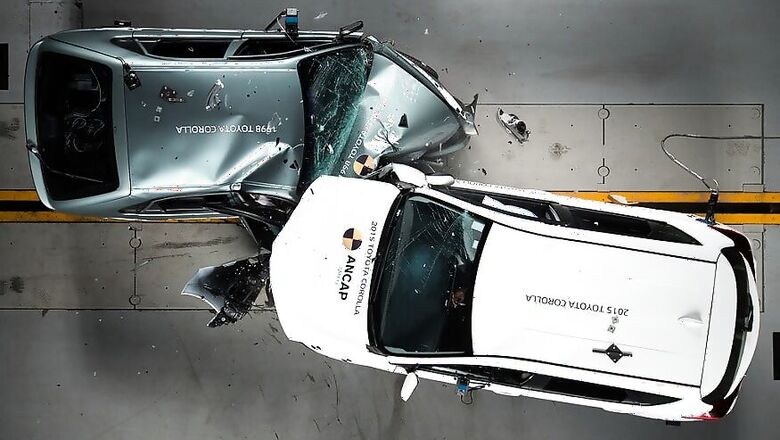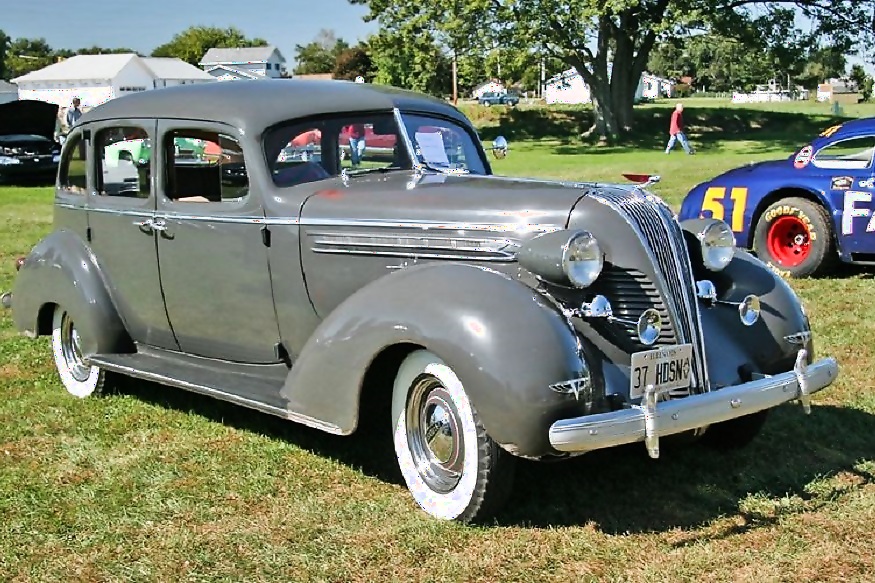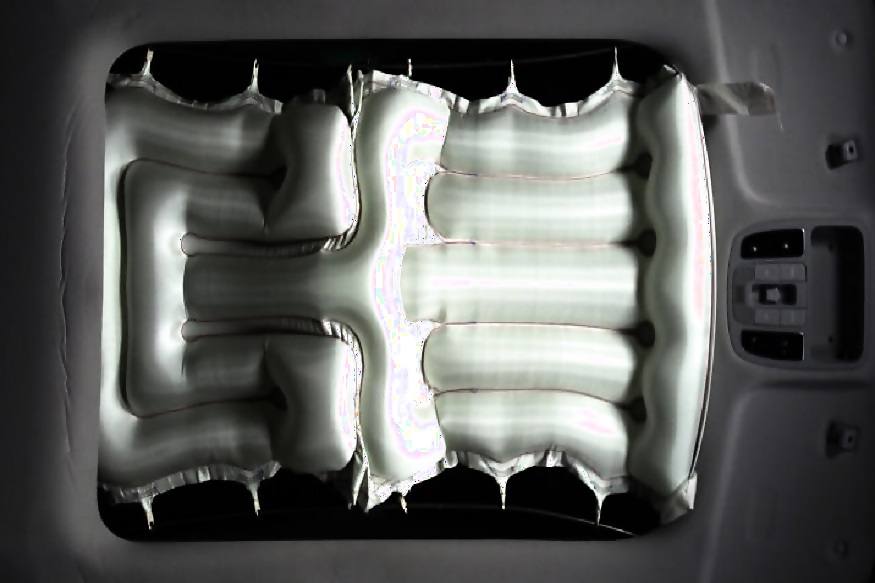
views
Indian automobile manufacturers were never known for giving importance on vehicle safety, for Indian buyers were always inclined towards pricing and mileage. However, the past couple of years have been tremendous for vehicle safety as makers like volvo have inspired Indian carmakers. Tata Motors, for instance, is now making Global NCAP 5-star rated cars and so is Mahindra. This push from automakers have made people rethink about priorities.
But have you ever wondered from where did safety in car begin? From seat belts to Electronic Stability Control, car safety has come a long way since the first automobiles were developed during the 19th century. In fact, car safety is as old as the automobile itself. The first recorded fatality involving a vehicle happened in 1869 when Mary Ward, an Anglo-Irish scientist, was killed when she fell under the wheels of an experimental steam car built by her cousins. It’s likely that this event spurred authorities to adopt vehicle and road safety measures to protect not only drivers but also pedestrians.
Here is a timeline how car safety has evolved over time:-
Brake Systems
Since the earliest automobiles in the 19th century, brake systems have been used, and they have continued to evolve ever since, from early drum brakes to modern day discs. The earliest brake system consisted only of wooden blocks and a single lever used by the driver to apply the brake. Mechanical drum brakes were developed at the beginning of the 20th century, and these were followed by expanding internal show brakes, which was the first brake system to be fixed inside the vehicle’s frame. This was followed in 1922 by the four-wheel hydraulic brake system. This system used fluids to transfer force to the brake show when the pedal was pressed.
Arrival of crucial safety devices
By the 1930s, more safety devices were included in the production of cars, such as laminated glass windshields. In 1934, the first barrier crash test was performed, while a back-up brake system was invented by Hudson Terraplane in 1936, while the first turn signals were launched by Buick in 1937.

Introduction of seat belts
American manufacturer Tucker built the world’s first padded dashboard in 1947, while Swedish manufacturers developed proto-seat belts in the form of a safety cage in 1949, although the simple two-point design had been around since the early 1900s. The Scandinavian country made seat belts standard in 1958 and was also responsible for developing the three-point seat belt. Resembling a Y-shape, the three-point belt is effective in dispersing the energy of the moving body (over chest, pelvis and shoulders) during a collision. These became standard equipment in cars in 1970. The first optional headrests for the front seat of cars arrived in 1959, while padded dashboards were introduced to the first production cars in 1960.
Evolution of Airbags
First conceived in the 1950s, airbags were introduced in the 1970s but took a while to take off as they didn’t work well in conjunction with the newly-required lap belt. It reappeared in some German cars in 1981, when it was used in conjunction with a three-point seat belt. Although the first electronic sensors to set off airbags in the case of an accident were introduced as far back as 1968, it wasn’t until the early 1990s that lower-end cars started to include driver airbags, and side-impact airbags appeared towards the end of the decade. Airbags became mandatory in all vehicles in 1998.

Anti-Locking Braking Systems
The earliest braking system applied pressure only to the rear wheels. In the case of an emergency, the car’s back wheels would lock up, causing the car to swerve and slide dangerously to a halt. Today’s anti-locking brakes (ABS) were first developed for aircraft to prevent wheels from locking when landing. ABS were first used in cars in the 1970s, before becoming standard in the late 1980s. ABS detects the rotational speed of the vehicle’s individual wheels and releases hydraulic fluid if the wheel is rotating too slowly. This provides steering control when braking on wet and slippery surfaces.
Electronic Stability Control
First used in 1983 before becoming standard in vehicle production in the early 1990s, Electronic Stability Control (ESC) assists drivers when they undertake corning manoeuvres by detecting any loss of traction and effectively applying brakes to individual wheels. This ensures better handling and vehicle stability in unexpected road conditions or difficult terrains.
Autonomous safety features
In the past few years, advanced autonomous safety features have become firm fixtures of modern cars. The first autonomous brake system, which senses stationary traffic before warning drivers and priming the brakes to stop, was introduced in 2008. The 2010s has seen a range of new active safety and driving assistance features. These include features such as Lane Keeping Assist, which sends visual and audio alerts to help drivers stay in their lane, while Lane Departure Warning System alerts drivers with clear visual and sound warnings if their car begins to drift outside of its intended lane without a warning signal. Meanwhile, Driver Attention Warning continuously monitors and analyses driving patterns through data inputs such as the steering angle, steering torque and vehicle position in the traffic lane.




















Comments
0 comment